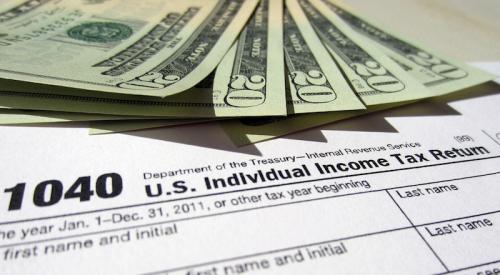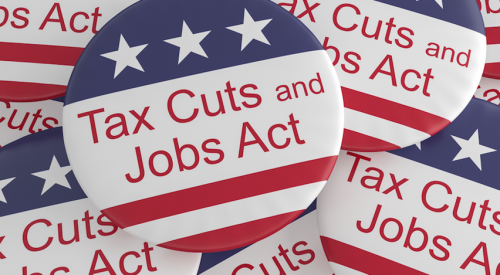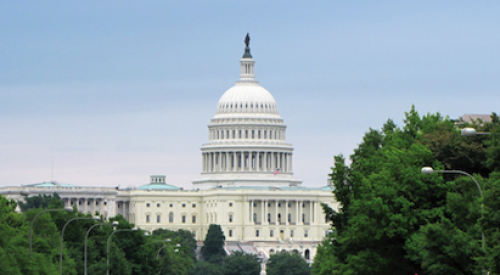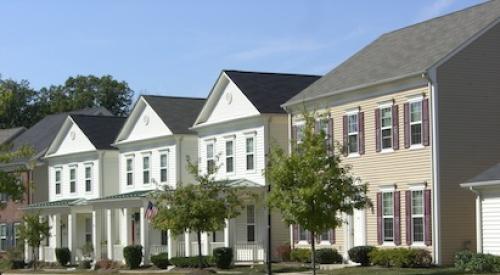Among the questions we ask of builders in our annual Professional Builder Housing Giants survey is this one: “In the coming year, what do you anticipate to be your biggest challenges?” Each year’s results offer a few different answers that rise to the top, but there is one that is always in the mix: government regulations. That’s not too surprising, as griping about the government has always been one of America’s favorite pastimes, going back to the founding of our nation, which itself grew out of griping about the previous government’s regulations (Photo: Pixabay/stevepb).
Recently, however, the John Burns Real Estate Consulting group wrote a couple of articles that show why builders have plenty of reason to feel aggrieved by regulations, put in place by local and national legislatures, that affect the industry. The first, “Extraordinary Development and Compliance Costs Stifle New Home Construction,” by Jody Kahn, is a compilation of just a few of the items in a growing lineup of development fees, impact fees, permit fees, additional engineering costs, and more that are being levied on companies across the country. The list is amazing, both in its scope and its financial effect.
Here are a couple of the more egregious ones, as submitted by home builder respondents:
• In Georgia, tree ordinances requiring 80 percent shade coverage are costing builders $7,500 to $15,000 per lot. In addition, homeowners reportedly dislike having this much shade on their property because it makes growing grass difficult.
• In Missouri, builders are being charged $15,000 so that the U.S. Forest Service can study endangered bats.
• Builders in California municipalities in the Bay Area report that their total building and impact fees can exceed $120,000 per house.
The second article, “Homeownership No Longer Has Tax Savings,” reflects on the state of the mortgage interest deduction, long perceived to be a big incentive for buying a home as opposed to renting. Unfortunately, tax changes over the years have rendered it nearly useless, especially for those who need it most, lower-income and first-time buyers. John Burns writes: “A typical first-time homebuyer financing 95% or less of a median-priced U.S. home pays less than $12,000 in mortgage interest and property taxes, which is not enough to warrant itemizing. Even with other deductions that bring the taxpayer over the $12,600 limit, the tax savings are minimal.”
In fact, studies show that, generally, benefits from the mortgage interest tax deduction accrue most frequently (more than 75 percent of the total tax savings) to households that have incomes of more than $100,000 a year and other large itemizable deductions such as charitable donations and property taxes.
I know that the mortgage interest tax deduction is something of a sacred cow and there seem to be very few legislators in Congress who have been willing to discuss it. But if you look at the two stories above, I think that a very good case could be made now for changing how the tax deduction (or, perhaps, a tax credit) is structured. As construction costs of every stripe go up and up and up, from land, labor, and materials costs to the myriad fees that are being tacked on to every house built, we have to take a long, hard look at how we can make homes more affordable for first-time, lower income, and even middle-class buyers.
All of our housing data show that there are many thousands of people who want to buy but can’t. It’s time to find a way to help them.












